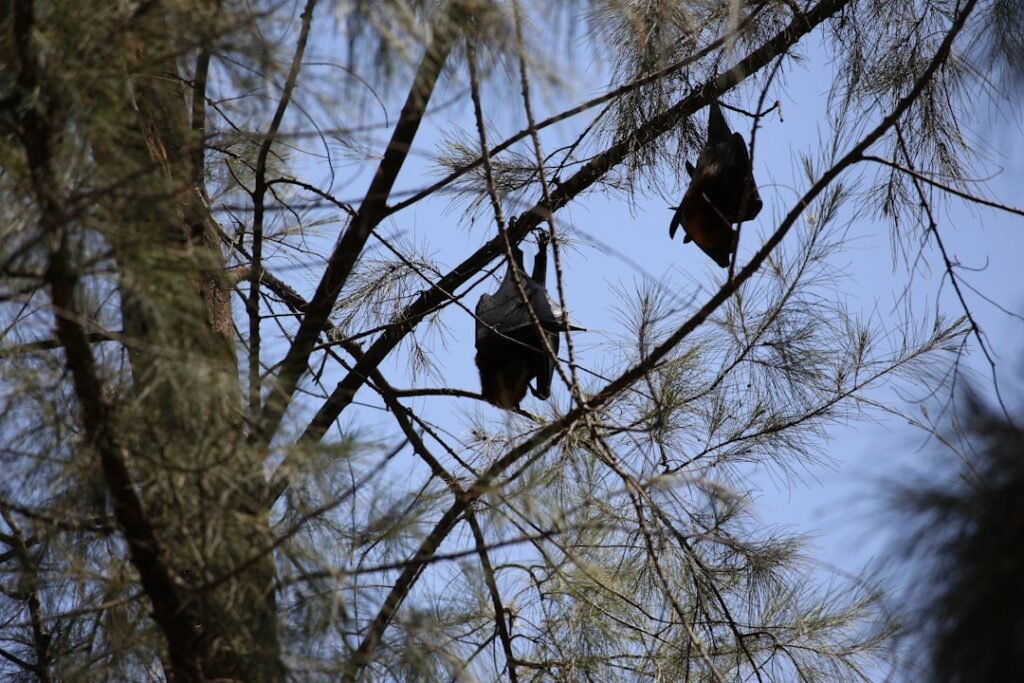Astrology may speak in symbols, but the natural world tells its story in muscles, molecules, and lightning-fast reflexes. Across oceans, deserts, and city edges, animals wield special abilities that look almost supernatural – yet they are grounded in physics and evolved over millions of years. That contrast sets up a modern mystery worth exploring: if each zodiac sign is a personality shorthand, which real biological power mirrors its core style of acting, sensing, and surviving? Scientists are decoding these powers with high-speed cameras, genomic tools, and bio-inspired engineering, revealing patterns that feel startlingly personal. Pairing zodiac archetypes with animal super-skills isn’t a lab protocol, but it’s a playful framework to explore how cutting-edge biology reshapes what we think is possible.
From Ancient Tools to Modern Science
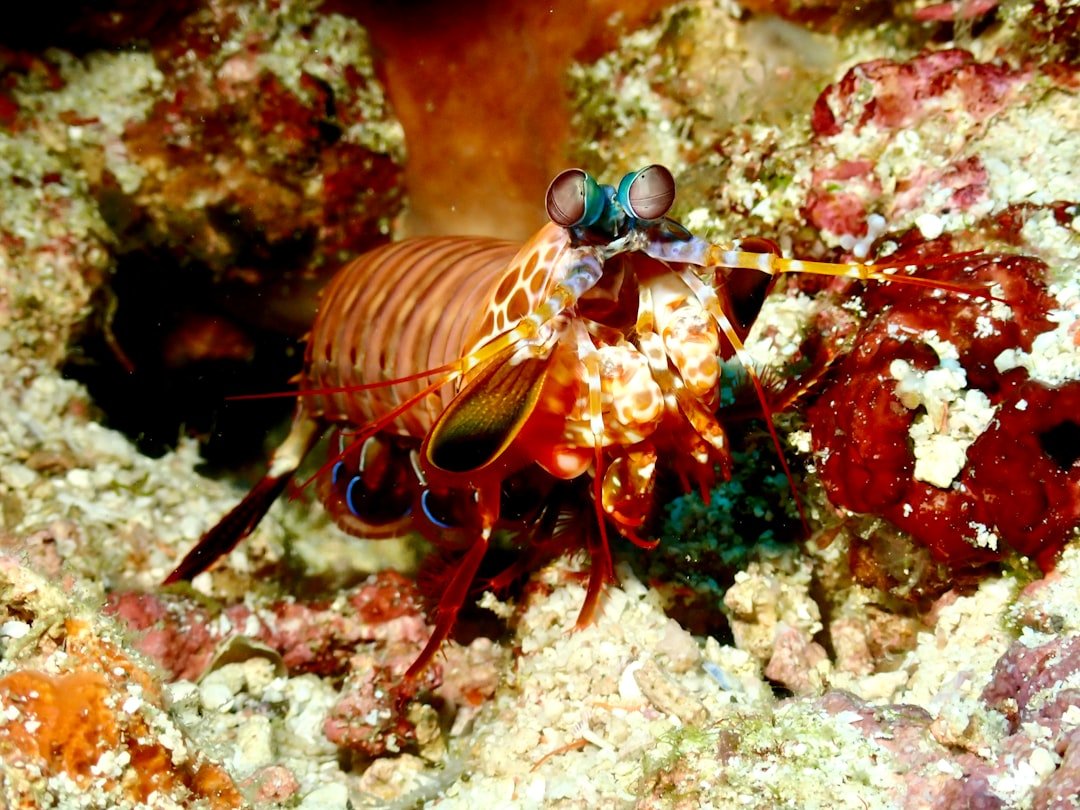
What if your sign aligned not with distant constellations, but with field data and lab-tested feats that bend intuition? Early naturalists leaned on sketches and patient observation; today’s biologists add high-speed videography, acoustic arrays, micro-CT scans, and gene expression maps to capture split-second strikes and silent signals. The first time I watched a mantis shrimp strike on a slow-motion research clip, I flinched – there’s a gut-level shock when physics turns into a punch. These tools reveal hidden mechanisms: spring-loaded latch systems in crustaceans, van der Waals adhesion in geckos, and voltage stacks in electric eels. By translating animal performance into measurements – force, frequency, wattage – we connect mythic-seeming talents to testable principles, which makes linking them to personality motifs both fun and surprisingly instructive.
That approach also shows how one power can echo many human traits, from boldness to meticulous planning. Speed is not just sprinting; it’s decision speed, sensory speed, and recovery speed. Camouflage is not merely hiding; it’s control of light, texture, and behavior under pressure. When we talk signs, we’re really talking strategies – and animals have prototypes for nearly every strategy a person might claim. Let’s match them up.
Fire Signs: Speed, Shock, and Showdown
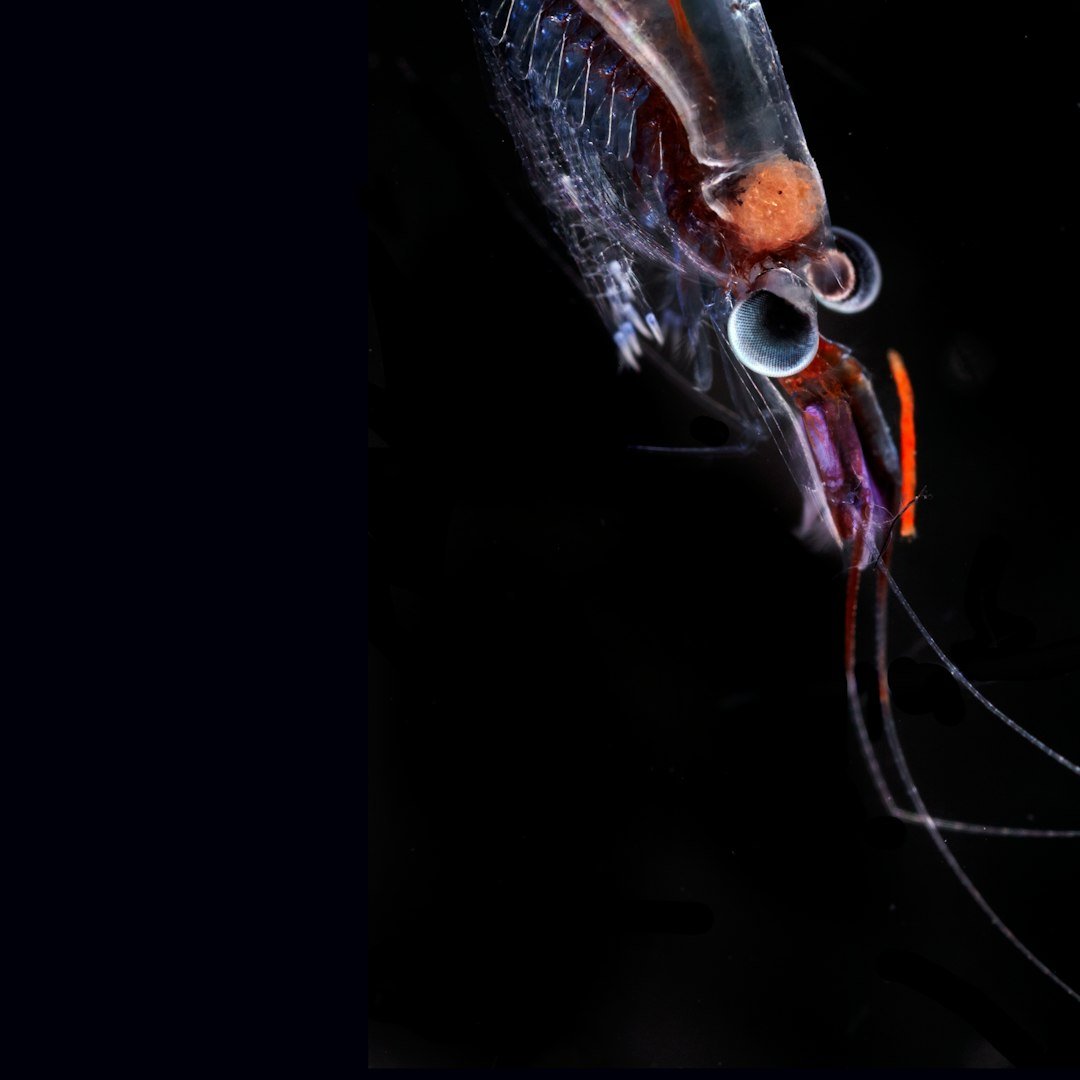
Aries thrives on decisive impact, and the electric eel embodies that voltage-first approach with high-voltage discharges used to stun prey and probe murky water. Researchers have shown these pulses can be modulated – quick bursts to locate targets, stronger volleys to overwhelm them – mirroring Aries’ habit of testing, then committing. Leo loves spectacle backed by real force, a combination that fits the peacock mantis shrimp, whose spring-loaded clubs accelerate faster than a blink and crack shells with cavitation bubbles. That dazzling exoskeleton isn’t just for show; it hints at armor and power, two themes Leos understand well.
Sagittarius is the archer, and the peregrine falcon’s hunting dive is a living arrow – streamlined, terrifyingly fast, and guided by razor-sharp vision. Falcons adjust wing shape and head angle to manage airflow and track moving targets, a feat of dynamic control that feels like long-range focus in action. If Fire signs are built for momentum, these animals show how momentum becomes mastery: detect, commit, adapt, and finish. The physics is fierce, but the precision runs the show.
Earth Signs: Strength, Endurance, and Tactics
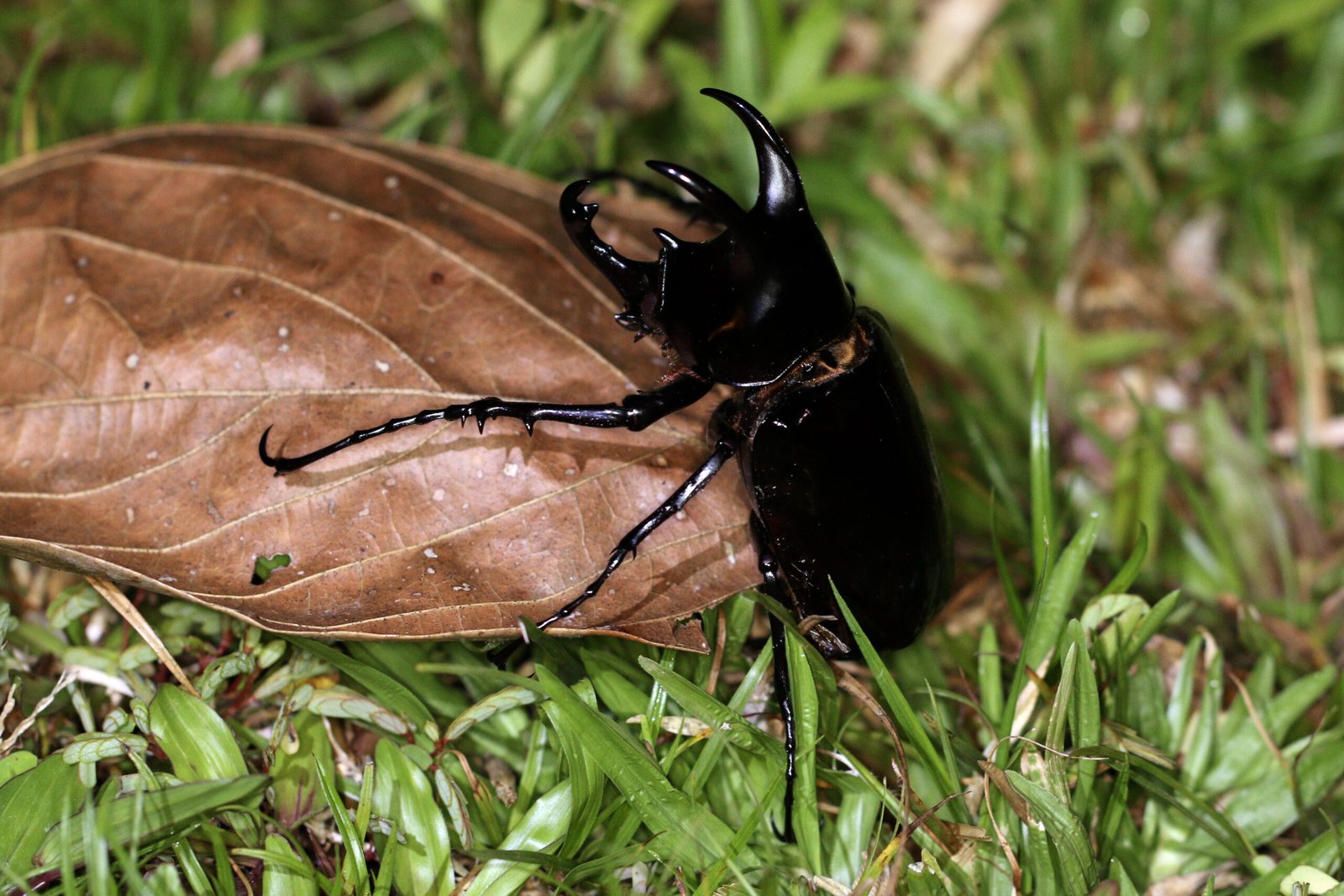
Taurus channels quiet, relentless strength, much like the rhinoceros beetle lifting multiples of its body mass thanks to geometry, leverage, and muscular efficiency. This is not about brute force alone; it’s about steady power applied with purpose, a trait that turns small advantages into big wins. Virgo is the systems thinker, reflected in leafcutter ants that cultivate fungal gardens with careful sanitation and division of labor. Their success comes from process, not spectacle – meticulous steps that add up to a thriving colony.
Capricorn is the climber, and the Alpine ibex turns cliffs into staircases with hooves that combine a hard edge for grip with a softer, textured pad that creates friction. Watching them ascend near-vertical dams is like seeing strategy map onto anatomy, one precise hoof placement at a time. Earth signs excel when the route looks impossible but the moves are small and sure. The lesson is quietly radical: progress is a material science, not a mood.
Air Signs: Perception, Signals, and Strategy
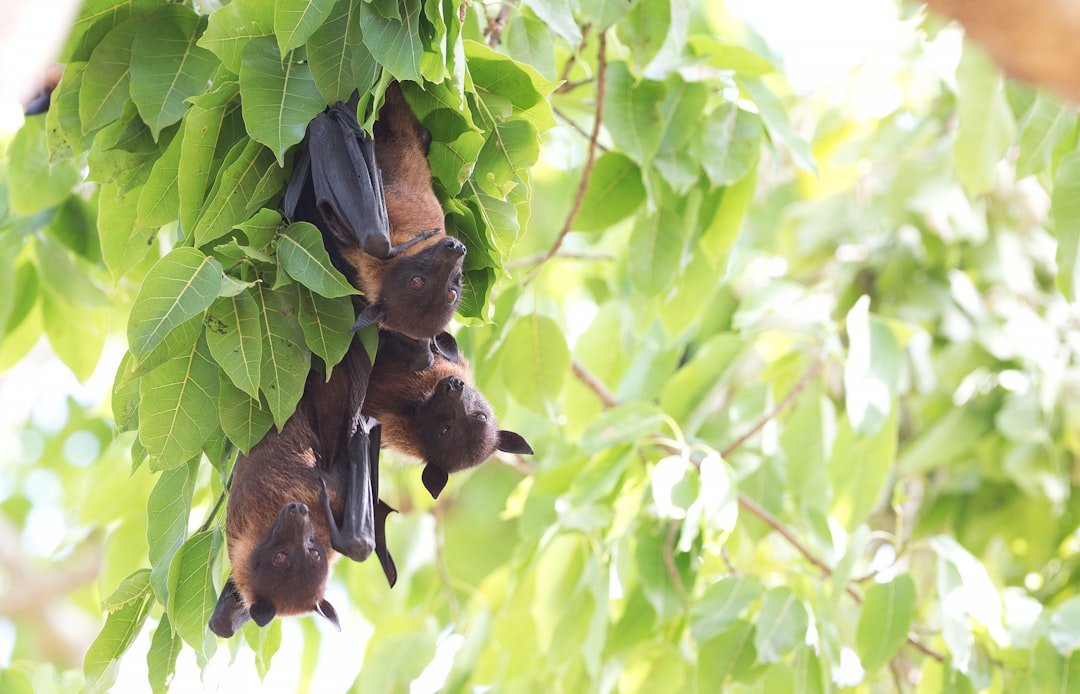
Gemini toggles between channels, and the superb lyrebird turns that duality into performance by imitating an array of natural and human-made sounds with uncanny fidelity. Mimicry here is more than talent; it’s a social and ecological negotiation that requires attention, memory, and timing. Libra seeks balance and collective grace, echoed by starling murmurations that flow like liquid sky, each bird adjusting to neighbors to create predator-confusing patterns. The choreography looks artistic, but it’s computation distributed across thousands of small brains.
Aquarius is the futurist, and bats own the night with echolocation that builds real-time 3D maps from bursts of sound. Their calls adapt to clutter, distance, and prey maneuvers, a living blueprint for sonar and robotics that need to see without light. Air signs win through information – gathering it fast, sharing it smoothly, and acting on it with style. The atmosphere is their medium; feedback is their fuel.
Water Signs: Stealth, Camouflage, and Renewal
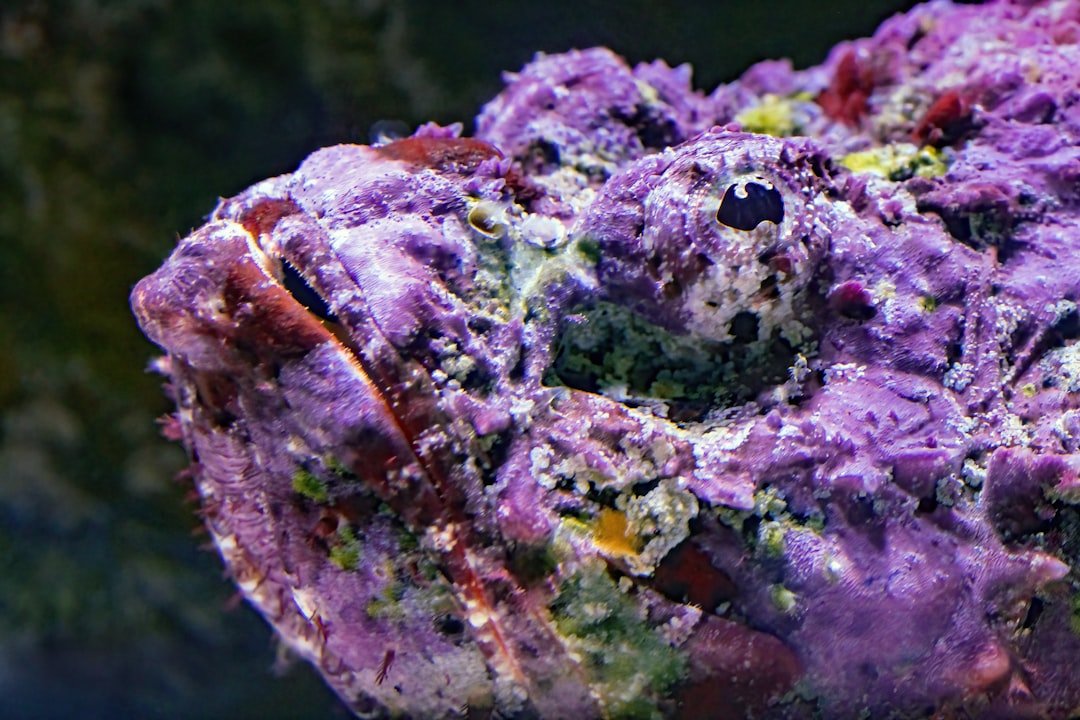
Cancer is protective and crafty, like decorator crabs that armor themselves with living sponges and algae, remixing the seafloor into wearable habitat. This isn’t passive camouflage; it’s engineering in motion, blending behavior, materials, and microbial allies to stay unseen. Scorpio carries transformative sting, and the cone snail delivers a precise venom cocktail via a microscopic harpoon that can disable fish in moments. Those peptides are so specialized that biomedical teams study them for new pain medicines and fast-acting insulin analogs.
Pisces swims in intuition, and octopuses turn intuition into physics, reshaping skin, color, and texture with pigment sacs and tiny muscles that mimic sand, coral, or shadow. Their problem-solving in lab mazes and field foraging hints at cognition tuned to changing seas. Water signs aren’t just fluid; they redesign the flow around them. Stealth becomes communication, and renewal becomes strategy.
Why It Matters
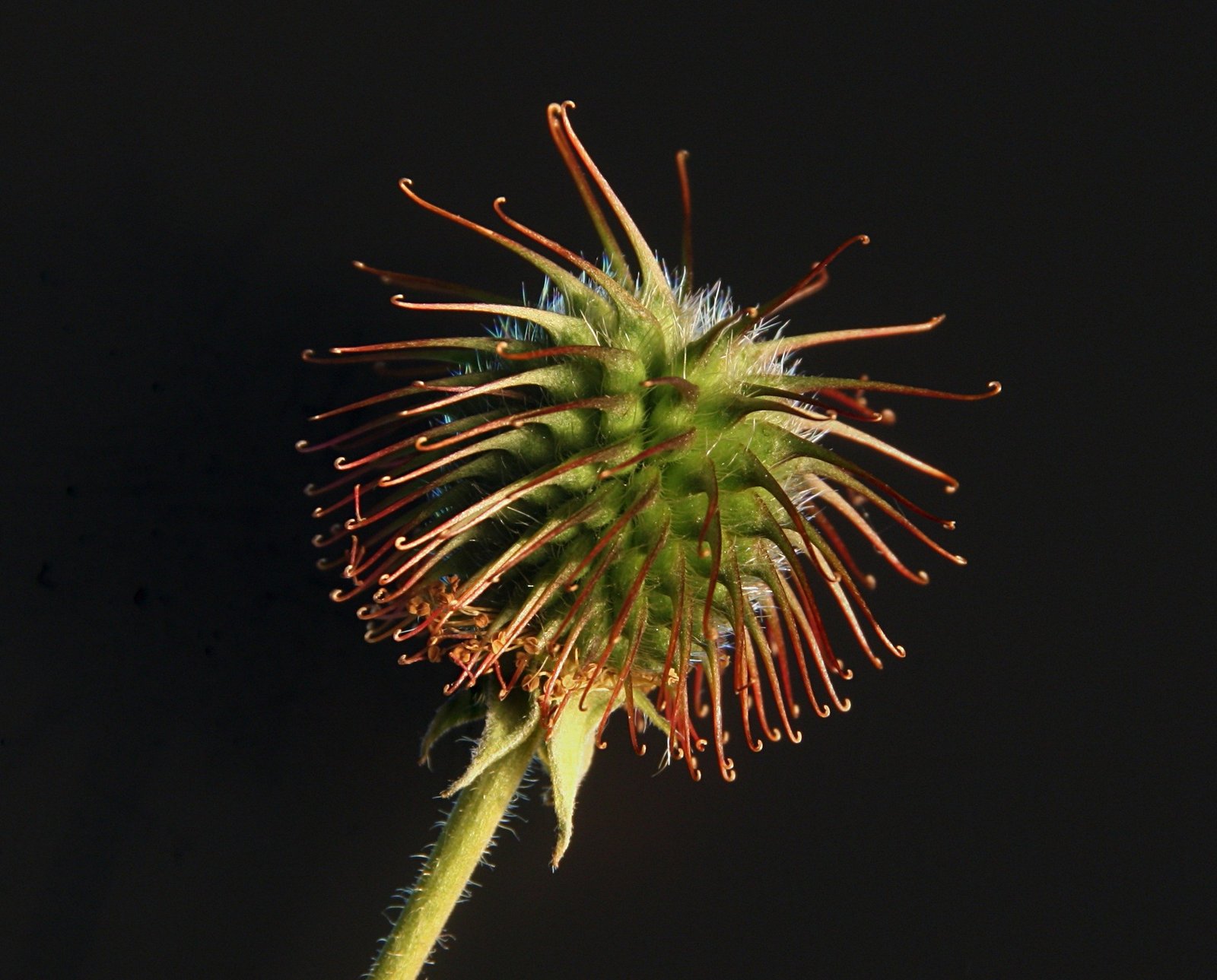
This might sound like playful matchmaking, but the science beneath these pairings has real-world bite. Electric discharges inform safer underwater sensing; echolocation models sharpen autonomous navigation in fog and smoke; bio-adhesion inspires medical tapes and climbing robots. Camouflage research guides materials that scatter or absorb light in smarter ways, from privacy films to heat-managing fabrics. Animal strategies map onto human problems because evolution already solved versions of those problems under intense pressure.
Consider the broader impacts that ripple from these studies:
- Bio-inspired design can potentially reduce material use in prototypes compared with conventional builds, because nature tends to minimize waste.
- Field-informed algorithms may significantly reduce energy consumption in drones and sensors, translating into longer missions with fewer batteries.
- Medical leads from venoms and regenerative species consistently produce candidates for new therapies, even when only a small fraction advance to trials.
Linking signs to powers is a storytelling bridge, but the destination is tangible research that changes tools, treatments, and training. It’s a way to keep curiosity switched on long enough to notice how the lab and the wild reinforce each other.
The Future Landscape
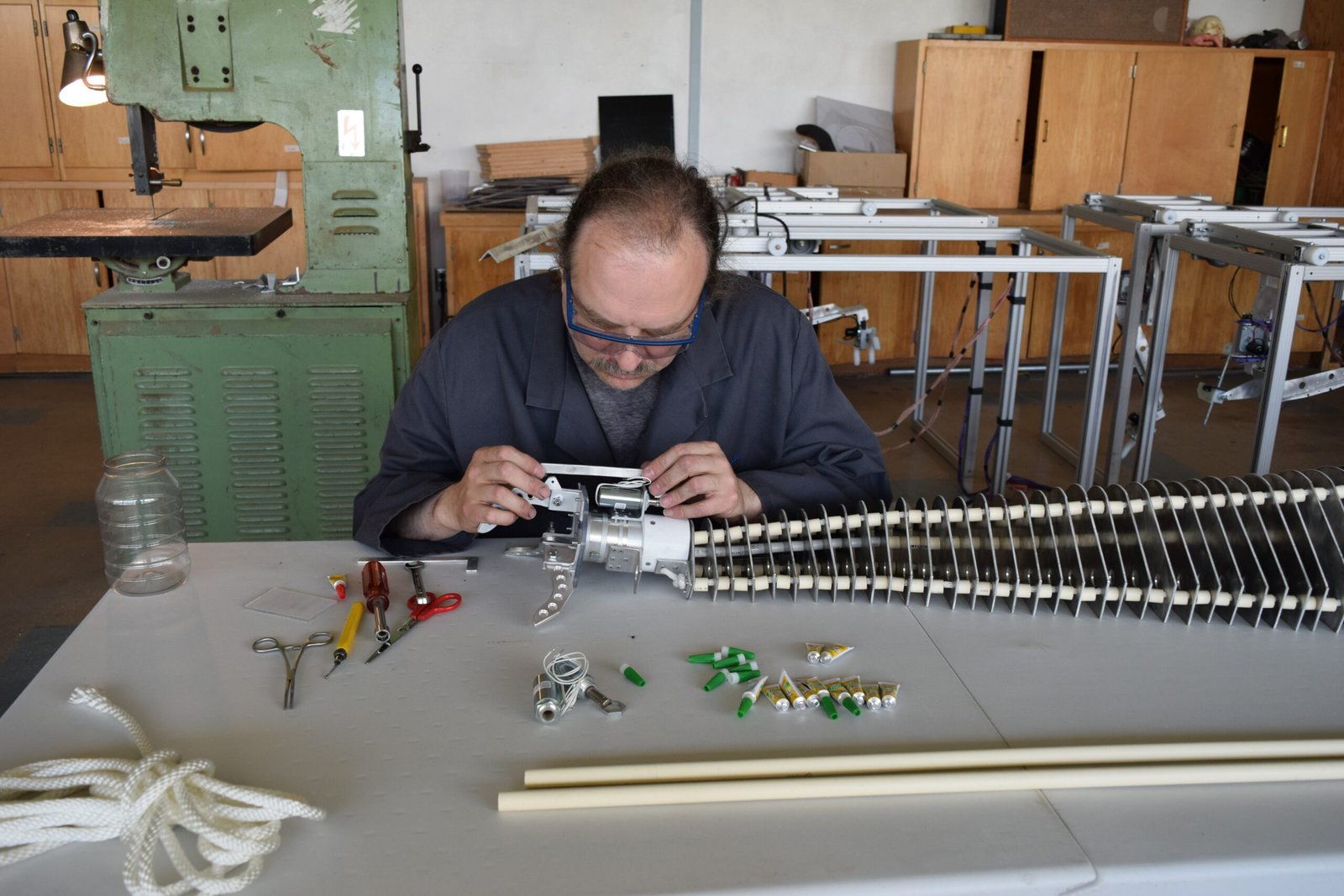
Next-generation imaging will capture even faster strikes and softer whispers: quantum-grade sensors, portable gene sequencers in the field, and machine learning that spots patterns humans miss. Robotics teams are already testing soft grippers inspired by octopus arms, micro-jumpers modeled on insect legs, and surface-clinging pads that borrow from gecko physics. The biggest challenge is translating marvel into manufacturable design, where cost, durability, and safety can undermine elegant ideas. Ethical questions loom, too, from wildlife disturbance during data collection to fair sharing of benefits with regions that host the biodiversity being studied.
Expect global collaboration to deepen, with open datasets letting engineers in one country iterate on animal findings from another. As climates shift, some superpowers may become more or less advantageous in the wild, changing the behavioral baselines that researchers use. That makes long-term monitoring crucial, not just snapshots of spectacular feats. The payoff is a toolbox ready for messy realities: storms, heat waves, crowded cities, and supply chains that need leaner, smarter parts.
Conclusion
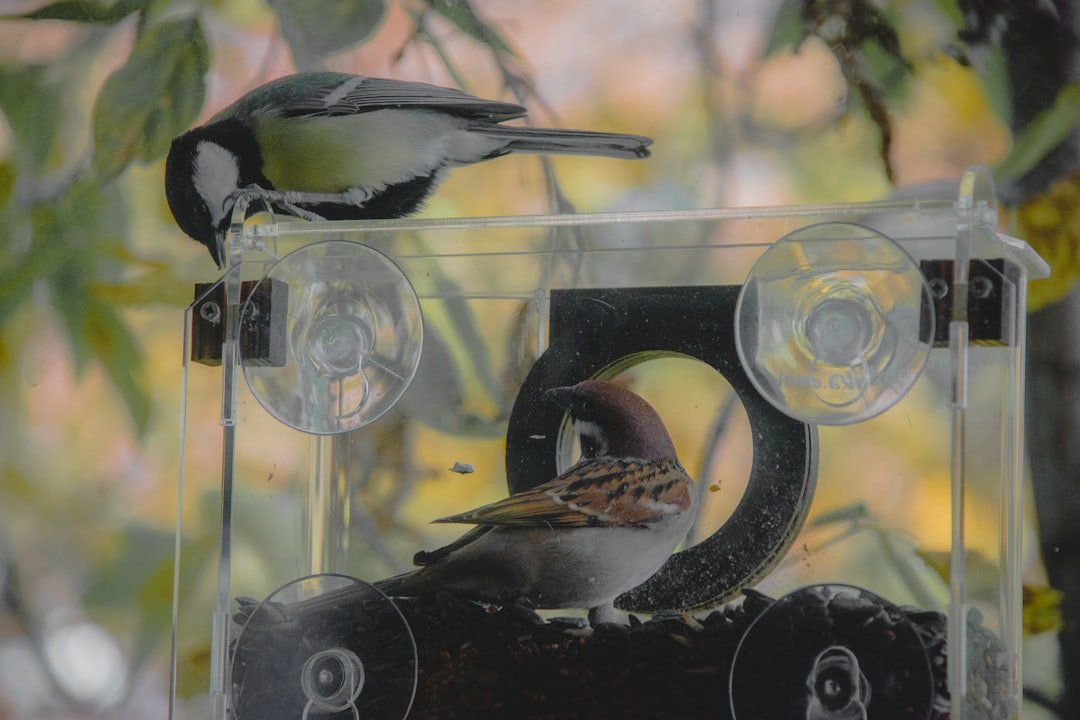
Start local: visit a tide pool, a city park at dusk, or a museum lab demo, and watch for the small moves – an insect’s jump, a bird’s turn midair, a fish’s flicker near a piling. Support organizations that protect habitats where these superpowers evolved, because no lab fully replaces an intact ecosystem. If you’re a student or educator, pull animal biomechanics into class projects, from DIY echolocation experiments to model claw springs built with simple materials. If you work in design or tech, scan the bio-inspired literature before your next prototype; nature may have sketched a version you can refine.
Most of all, keep a field notebook – digital or paper – and track patterns you notice, then look up the mechanisms later. Curiosity scales, and today’s quick observation can feed tomorrow’s experiment. Whether you’re an Aries chasing voltage or a Pisces chasing vanishing colors, the point is the same: translate wonder into questions, and questions into something that works.

Suhail Ahmed is a passionate digital professional and nature enthusiast with over 8 years of experience in content strategy, SEO, web development, and digital operations. Alongside his freelance journey, Suhail actively contributes to nature and wildlife platforms like Discover Wildlife, where he channels his curiosity for the planet into engaging, educational storytelling.
With a strong background in managing digital ecosystems — from ecommerce stores and WordPress websites to social media and automation — Suhail merges technical precision with creative insight. His content reflects a rare balance: SEO-friendly yet deeply human, data-informed yet emotionally resonant.
Driven by a love for discovery and storytelling, Suhail believes in using digital platforms to amplify causes that matter — especially those protecting Earth’s biodiversity and inspiring sustainable living. Whether he’s managing online projects or crafting wildlife content, his goal remains the same: to inform, inspire, and leave a positive digital footprint.

